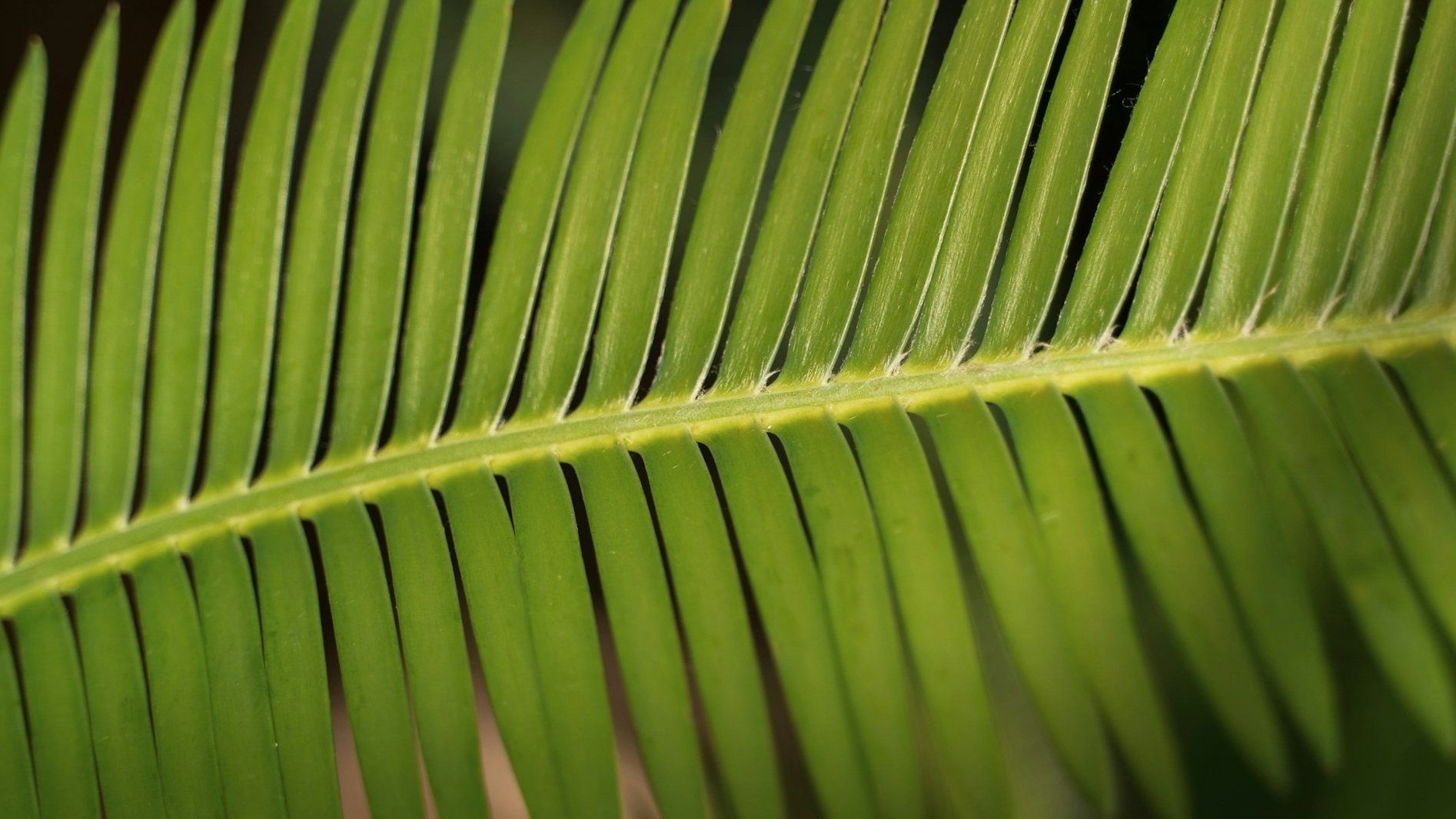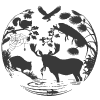
CNS Resources
The Digestive System of Vertebrates
Summary & Conclusions
The digestive system of vertebrates consists of a headgut (mouthparts and pharynx), foregut (esophagus and stomach), midgut, hindgut, exocrine pancreas, and biliary system. The headgut serves for the procurement and physical breakdown of food. Food is passed through the esophagus to the stomach, where it is stored and undergoes the initial stages of digestion by HCl and pepsin. The midgut is principal site of digestion, which is aided by enzymes secreted by the pancreas and located in the lumen-facing membranes and contents of the midgut epithelial cells, and by bile salts that are secreted by the liver and stored in the gall bladder. The midgut is also the principal site for the absorption of nutrients by passive diffusion or carrier-mediated transport across its epithelial cells. Digestion is aided by large quantities of electrolytes and water secreted by the oral glands, pancreas, biliary system and gastrointestinal tract. Most of the electrolytes and water are reabsorbed by the midgut and hindgut. The hindgut is also the principal site for the microbial production and conservation of nutrients in most species. All of these activities are integrated and controlled by the nervous system, hormones and paracrine agents. The effectiveness and efficiency of this basic design is demonstrated by a n analogous arrangement in the digestive system of many advanced invertebrates.
Despite these common characteristics, the vertebrate digestive system shows a wide range of adaptations to the diet, habitat, or other characteristics of the species. Food can be reduced to a smaller particle size by teeth that are located in the jaws, oral cavity, or pharynx, or by microfiltration, a beak, or a gastric mill. The stomach is absent in cyclostomes, some advanced species of fish, and the larval amphibians, and its functions are served by the crop and proventriculus in birds. The stomach secretes neither HCl nor pepsinogen in a few species of mammals, and it includes an expanded, haustrated or compartmentalized forestomach in a few others. Pancreatic tissue is distributed along the intestine of some fish, and a gall bladder is absent in some fish and mammals. The hindgut varies from a short segment of intestine that is difficult to distinguish from the midgut in most fish, the larval amphibians, and some birds and mammals, to a voluminous, haustrated, and compartmentalized large intestine in some mammals. The hindgut of amphibians, reptiles and birds aids in the recovery of electrolytes, nitrogen, and water from the urinary excretions, as well as the secretions of the digestive system. Although many of the endogenous enzymes, indigenous microbes, mechanisms for secretion and absorption, and neuroendocrine agents are found in all classes of vertebrates, they can vary in their presence, composition, or location.
Many adaptations of the digestive system are related to the habitat or diet of the species. Gill rakers or pharyngeal teeth allow some fish to swallow smaller particles of food without loss through the gills. Absorption of Na+ and Cl- by the esophagus aids others in their adaptation to a marine environment. Retention of digesta in a more highly developed hindgut allows terrestrial vertebrates to conserve electrolytes and water. A longer hindgut allows the more efficient conservation of water in species that inhabit arid environments. The digestive tract of carnivores and animals that feed on plant concentrates tend to be relatively simple in structure, with a rapid rate of digesta passage and episodic release of digestive fluids and enzymes. Omnivores tend to have a more complex digestive tract and longer digesta retention time. The high fiber diet of herbivores requires the ingestion of large quantities of plant material, a larger gut capacity, a longer digesta retention time, and a more continuous and voluminous secretion of electrolytes and water.
The evolution of herbivores played an important role in the diversification and distribution of vertebrates, especially the mammals and dinosaurs. The success of mammalian herbivores can be attributed to an improved masticatory apparatus and the appearance of cecum and foregut fermenters. The success of the herbivorous dinosaurs also can be attributed to an effective masticatory apparatus or gastric mill and, possibly, the appearance of foregut fermenting ornithiscians.
The previous sections include many examples of the contributions of comparative physiology to the understanding of basic physiological mechanisms. Many of these contributions have derived from the differences rather than the similarities among species. The nonglandular, stratified squamous epithelium of the frog skin and ruminant forestomach offered a much simpler system for the study of electrolyte and short-chain fatty acid transport mechanisms. Relationships between the rates of metabolism, food intake, digesta passage, digestion, and absorption are best studied in either ectotherms or endotherms with a temperature span wider than that of most birds and mammals. The ability to access and sample the forestomach contents of ruminants provided the basic information on the composition of indigenous gut bacteria and their contribution to the production and conservation of nutrients. The equine large intestine provided a unique model for the compartmental analysis of secretion, absorption, and digesta flow. Variations in the neurotransmitters, neuromodulators, hormones and paracrine agents of different classes of vertebrates helped describe their functions and how they evolved.
One of the most compelling reasons for the study of comparative physiology of the digestive system is the information it provides for the maintenance of domesticated and captive animals, conservation of wildlife, and preservation of endangered species. Many diseases of domesticated and captive animals can be traced to an improper diet or feeding schedule, and the survival of free-ranging species rests on a delicate balance between plants, herbivores, omnivores, and carnivores. Interruption of the food chain at any level can affect their survival. Removal or poisoning of their natural habitat can guarantee their extinction.
The digestive tract is the major portal of entry for both nutrients and the toxic agents. Yet the digestive systems of many mammalian species have received little or no study. Birds and reptiles have received less study, and the amphibians and fish that comprise almost half of the vertebrate species have received the least attention. Although survival of these animals is dependent on the food chain, we know very little about the composition of the diet of many of these species and how it changes with the seasons or migration. For example, how do the endogenous and microbial enzymes match the storage carbohydrates of algae or the wax esters of plankton in the diet of many animals at the base of the food chain? Do the endogenous and microbial chitinases play a significant role in the many species that feed on marine or terrestrial invertebrates? Is the ability of the hindgut of some birds to switch from Na+ - H+ exchange to eletrogenic Na+ absorption on low Na+ diets shared by some reptiles or other vertebrates?
The renewed interest in the comparative physiology of the digestive system and the application of new methods and techniques to a wider range of species is encouraging. These studies should provide a better understanding of the basic mechanisms and how they are disrupted by abnormal diets, unnatural feeding practices, and digestive diseases. They will also provide information that is needed for the maintenance of domesticated and captive animals, conservation of wildlife, and preservation of endangered species.
Next section: Acknowledgments
